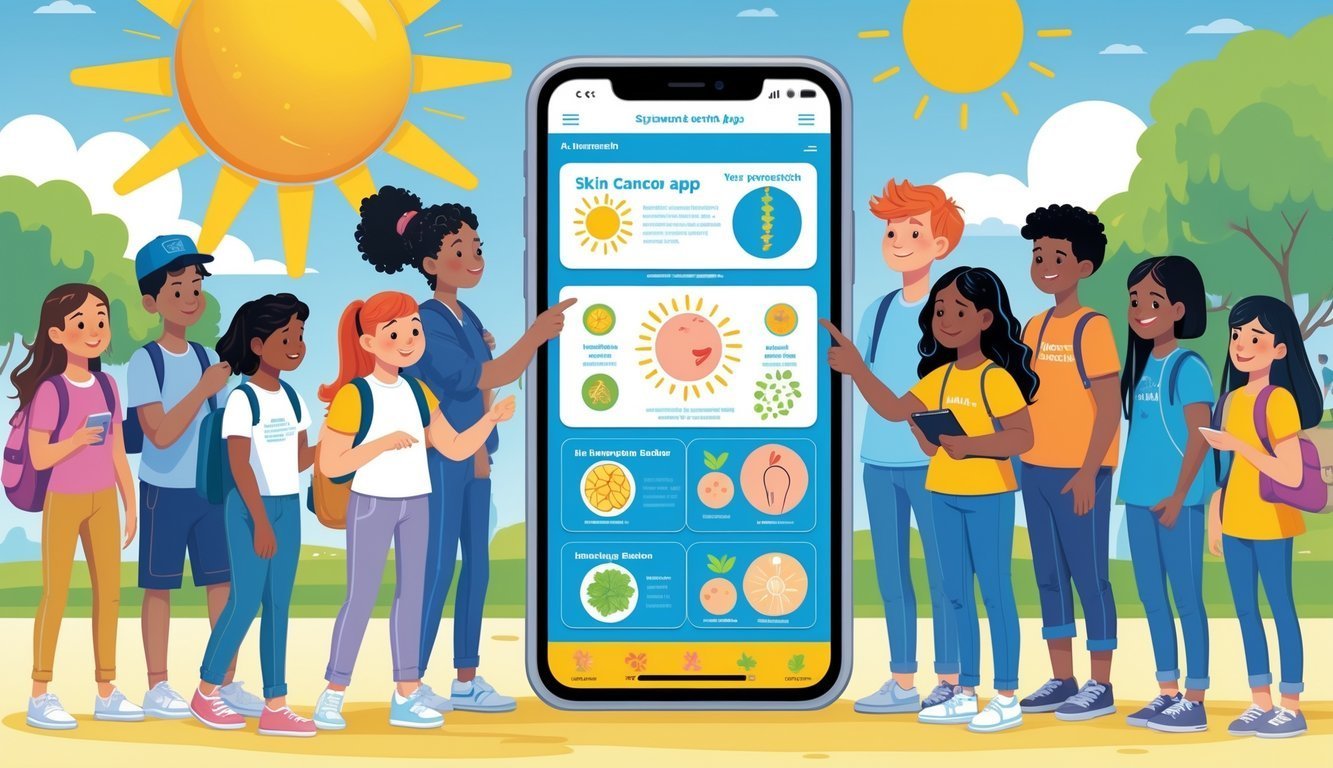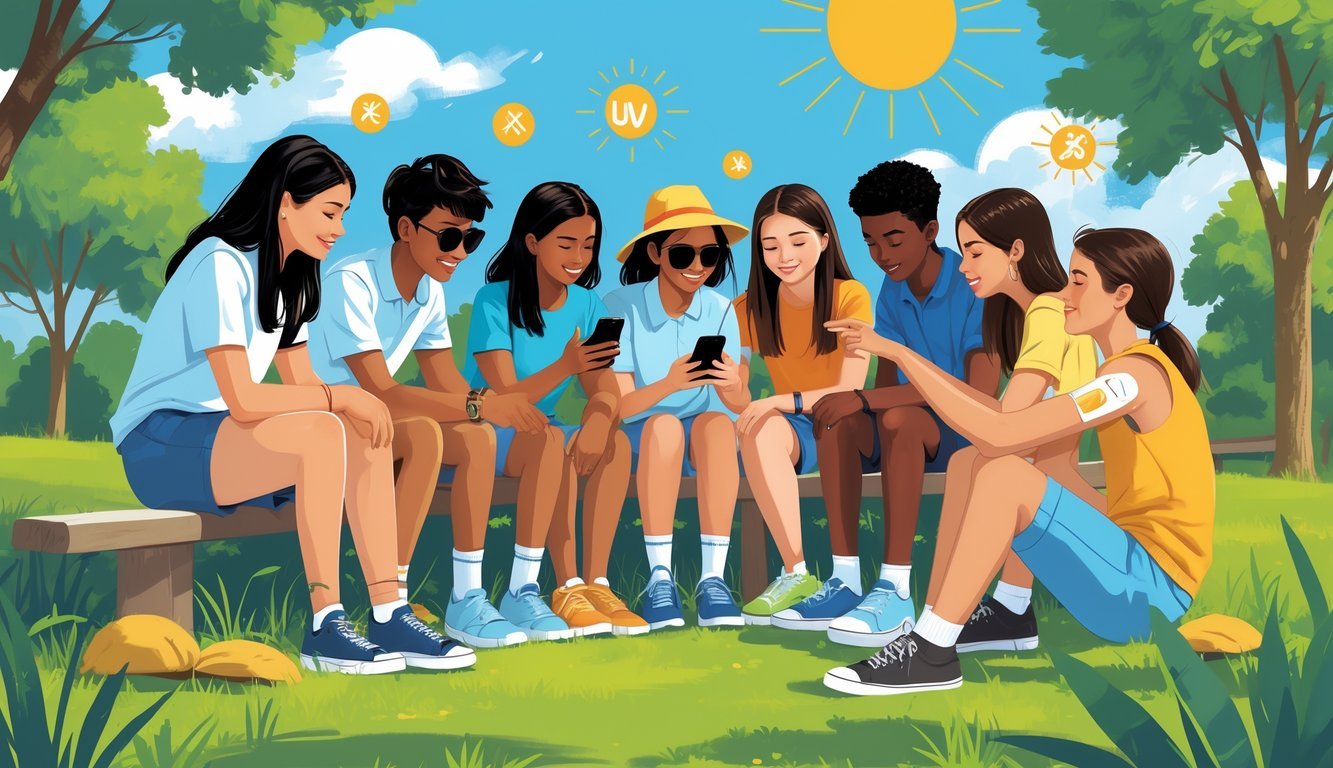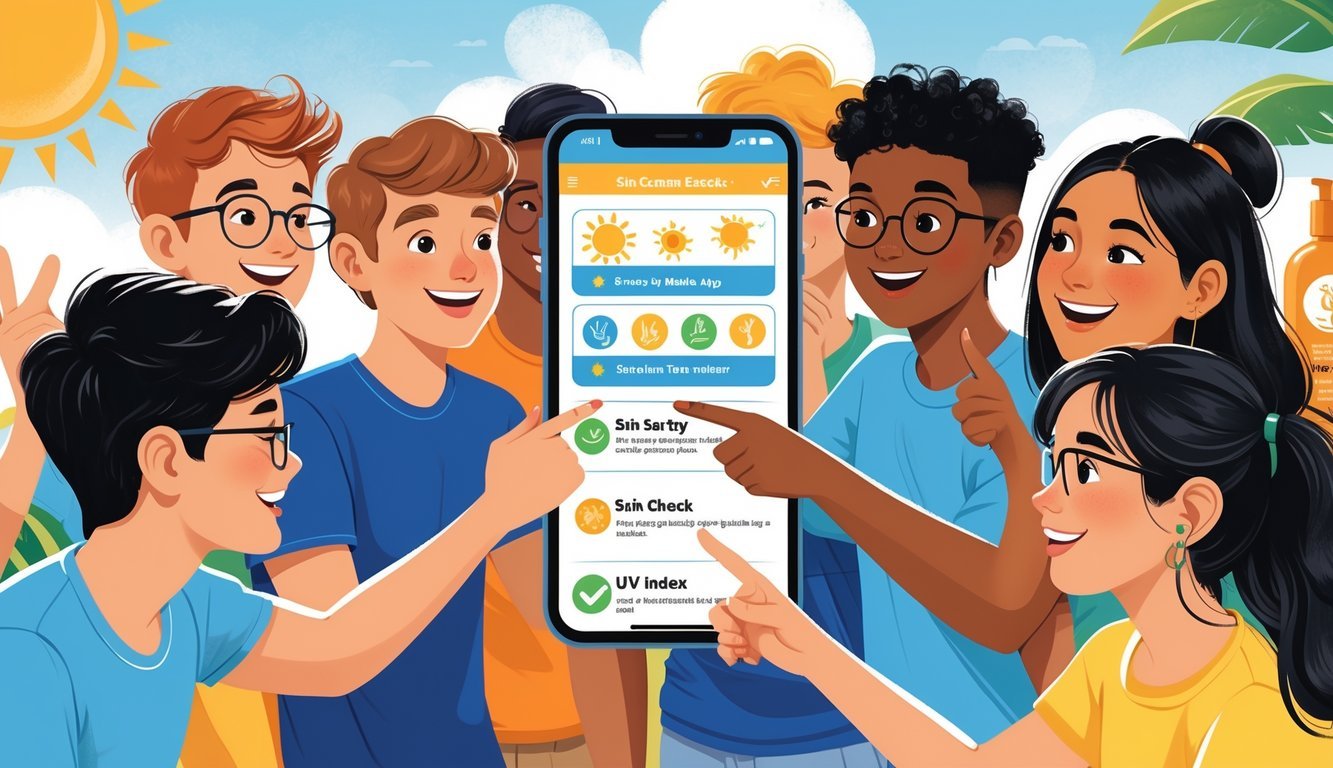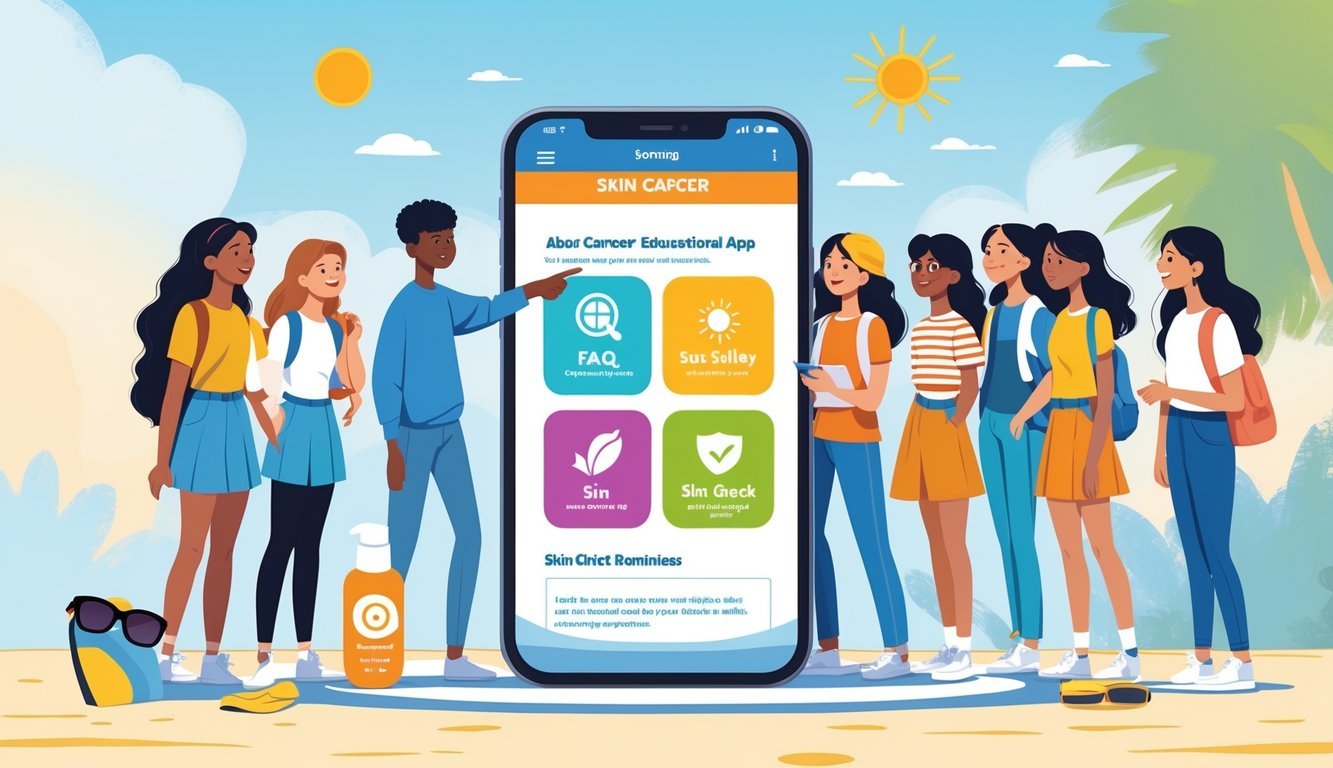PsychNewsDaily Publishers
100 Summit Drive
Burlington, MA, 01803
Telephone: (320) 349-2484
PsychNewsDaily Publishers
100 Summit Drive
Burlington, MA, 01803
Telephone: (320) 349-2484
Teens face increased skin cancer risk due to sun exposure. Skin checks, awareness of warning signs, and protective measures are essential for long-term skin health.

Teens face a real risk of skin cancer because of sun exposure and changes in their skin as they grow. Learning to spot warning signs early really matters. Skin cancer apps help you get to know your skin better by guiding you to check moles and spots for anything that looks off.
These apps analyze photos of your skin with smart tech, so you can notice changes that might need attention. They also teach you about sun safety and why regular skin checks are important.
Using a skin cancer app can give you more confidence in caring for your skin every day. With easy tools and helpful info, these apps put knowledge right in your hands.
They support you in tracking your skin’s health and knowing when to see a doctor if something seems off.

Knowing the types of skin cancer and how your sun habits affect your risk helps you care for your skin. You also need to recognize early signs so you can spot problems quickly.
This knowledge is key to protecting your skin now and in the future.
Skin cancer mainly comes in a few types. Melanoma is the most dangerous because it spreads fast and starts in the cells that give your skin color.
There are also non-melanoma skin cancers like basal cell carcinoma and squamous cell carcinoma. These types show up more often but usually aren’t as serious if you catch them early.
Merkel cell carcinoma is rare but grows quickly. Knowing these types helps you understand your risk and why check-ups are a big deal.
Your skin is extra sensitive when you’re a teen. Just one bad sunburn or a tanning session can double your chance of melanoma later.
UV rays damage your skin cells. Many teens spend a lot of time outside or use tanning beds, which really raises the risk.
Sun protection like sunscreen, hats, and shade? It’s honestly just smart. Staying safe now lowers your risk of skin cancer as you get older.
Checking your skin often helps you catch problems early. Use the ABCDE rule to look for signs of melanoma:
Other signs include sores that don’t heal and new lumps or bumps. If you notice anything weird, go see a skin doctor right away.

Skin cancer apps give you tools to check your skin, learn about sun safety, and reach experts if something worries you. These apps make skin self-exams a lot easier and show you what to look for in moles or spots.
A good skin cancer app for teens keeps things simple. It guides you step-by-step through a skin self-exam, showing you how to check your moles and spots.
Some apps remind you to check your skin regularly, so you don’t forget. You might see tips about sunscreen and ways to protect your skin from the sun.
Visual aids like photos or videos help you recognize changes. The app should use clear, everyday language so learning doesn’t feel confusing or boring.
A lot of these apps use artificial intelligence (AI) to look at photos of your skin. If you snap a close-up of a mole or spot, AI gives feedback about whether it looks normal or suspicious.
AI doesn’t replace a doctor, but it helps you spot possible problems sooner. You might get a percentage or a score showing how likely it is to be skin cancer.
This quick feedback can push you to see a dermatologist if something doesn’t seem right.
Some apps let you send skin photos straight to a dermatologist. You can get expert advice without leaving your house.
If a dermatologist thinks a spot looks risky, they’ll tell you what to do next. Some apps help you find local dermatology services for a check-up.
Having this connection makes early detection easier and helps you get care fast. It’s a smart way to use tech for your skin health.

It helps to know which app features make learning about skin cancer easier. You also want clear steps for checking your skin safely and tips for using these apps well.
Some apps are free, and it’s good to know how accurate AI tools are. There are even fun ways to learn about skin risks with these apps.
The app should have easy guides for spotting warning signs like asymmetry or changing colors. Pictures to compare your skin changes are super helpful.
Reminders for monthly skin checks can help you stay on track.
Follow the app’s step-by-step instructions and look closely at your skin. Check for changes in size, shape, or color.
Always do this in good light and don’t poke or hurt your skin.
Be honest and patient when tracking changes. Use the app regularly, but don’t count on it alone—see a doctor if you notice something odd.
Keep your app updated for new info and features.
Yes, some apps offer free advice, images, and skin check guides. They usually include reminders and sun protection tips.
You can find these through health websites or app stores.
AI apps can help you spot suspicious spots, but they’re not perfect. They don’t replace a doctor.
Use AI as a first step and get a professional opinion if anything looks off.
Apps throw in quizzes, games, and quick videos to get teens thinking about sun safety. You’ll find some that nudge you with challenges—maybe tracking your sun time or reminding you to check your skin.
These features actually make the whole thing a bit more enjoyable. Plus, you’re way more likely to remember the important stuff.